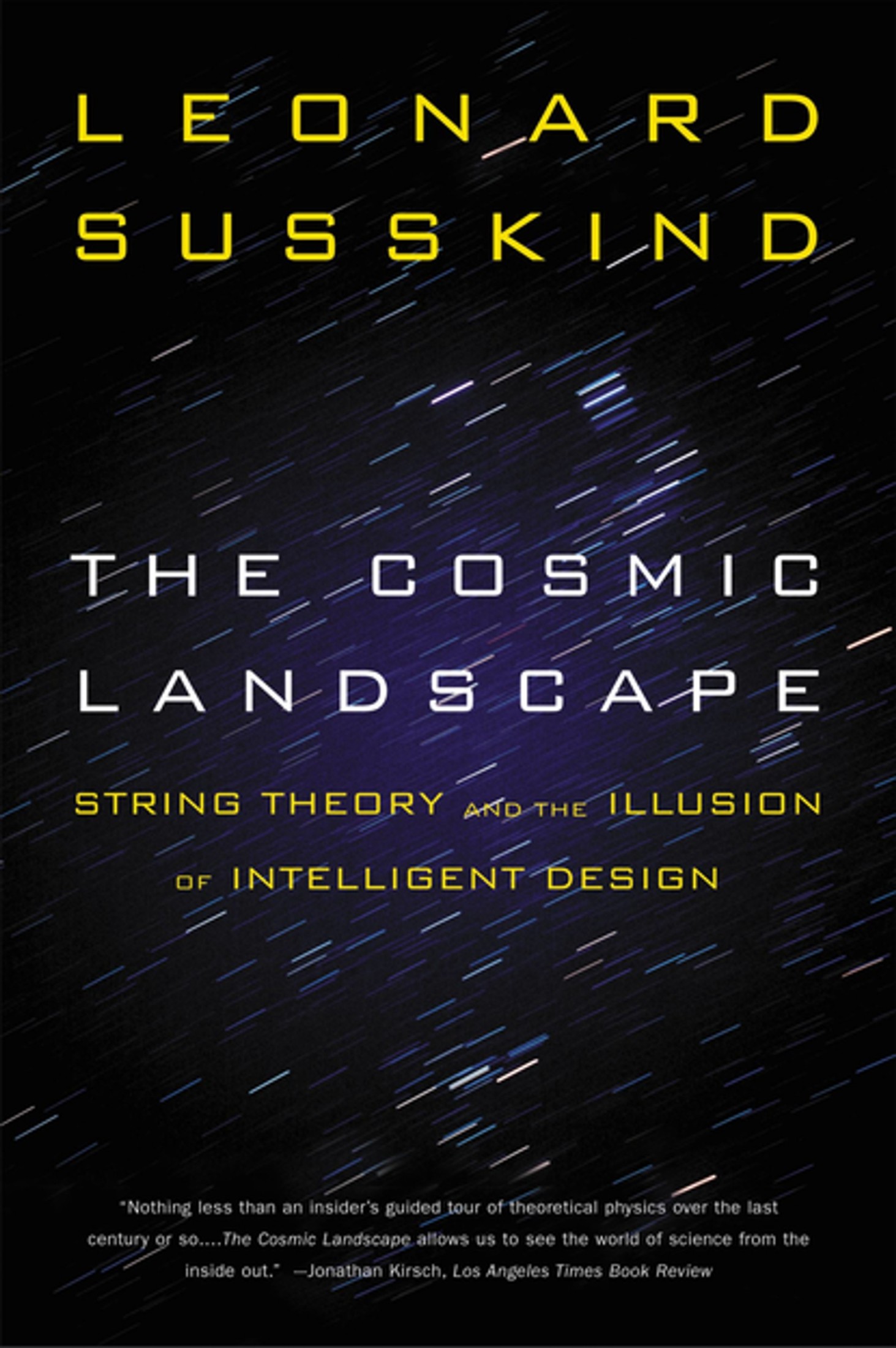
The Cosmic Landscape
String Theory and the Illusion of Intelligent Design
- اطلاعات
- نقد و بررسی
- دیدگاه کاربران
نقد و بررسی

Starred review from October 10, 2005
As modern physics has developed a better understanding of how the universe operates at its most fundamental levels, one thing has become increasingly clear: we're damned lucky to be here at all. The laws of physics are precariously balanced, and were the value of one constant slightly different, life as we know it wouldn't exist. To explain the ridiculous improbability of it all, some physicists have turned to the "Anthropic Principle": the universe seems perfectly tailored to us because if it weren't, we wouldn't be here to observe it. The underlying rationale for this argument involves the "landscape" of potential laws of physics (which, it turns out, aren't so immutable after all), a whole bunch of extra dimensions and lots of particle physics. Luckily, Susskind—the father of string theory—does the job right, guiding readers through the current controversy over the Anthropic Principle. Make no mistake: this is the cutting edge of physics as described by one of the sharpest scientific minds around. While the subtitle is a bit misleading (this isn't about intelligent design in the Kansas Board of Education sense, but actually a controversy at once bigger and less prominent), persistent readers will finish this book understanding and caring about contemporary physics in ways both unexpected and gratifying.

January 15, 2006
Susskind (theoretical physics, Stanford Univ.) is widely regarded as the father of string theory. He applies the -diverse valleys - of that theory to our understanding of the universe but puts forth the -megaverse, - of which our universe is only one small pocket. Susskind reviews a great deal of physics for the reader, from Feynman's diagrams to Einstein's theories of gravity and the cosmological constant to the Standard Model of Physics. While acknowledging the -uniqueness - and -elegance - of much of theoretical physics, Susskind suggests that the ultimate picture of the universe is more like an inelegant Rube Goldberg machine. The -Landscape - Susskind describes -is the space of possibilities -a schematic representation of all possible environments permitted by theory. - Several chapters trace the development of string theory, and a final chapter visits the opinions of several contemporary physicists and cosmologists. Lively personal anecdotes from Susskind's career add color to his narrative. Offering an excellent overview of string theory and its potential for uniting -gravity with quantum mechanics, - this work is recommended for science collections in academic and larger public libraries." -Garrett Eastman, Rowland Inst. at Harvard Univ."
Copyright 2006 Library Journal, LLC Used with permission.

December 1, 2005
Physicist Susskind is a founder of string theory, and his first popular work will be of utmost significance to science readers. They will be challenged throughout by Susskind's ideas, of which strings are but a part; his driving curiosity is to discover why the laws of physics are what they are and so finely poised to permit life. Susskind discusses how slight alterations of physical values would destroy atoms and, hence, life. Deeming unscientific any proposition of a supernatural agency in setting the physical dials so exactly, Susskind advances a radical concept he calls the "landscape." Valiantly explaining it to his lay audience, Susskind, after introducing the moving parts of his theory (general relativity, quantum mechanics, vacuum energy), compares our universe to a rolling ball on an undulating landscape. Its place of rest equates to our laws of physics. In this extraordinary work, Susskind ushers us to the mind-bending edge of a possible paradigm shift.(Reprinted with permission of Booklist, copyright 2005, American Library Association.)




دیدگاه کاربران